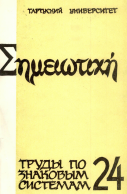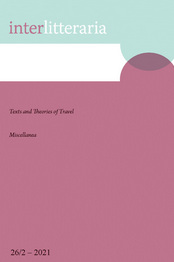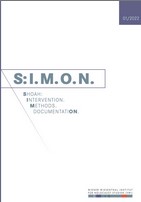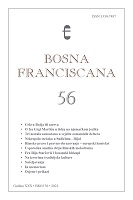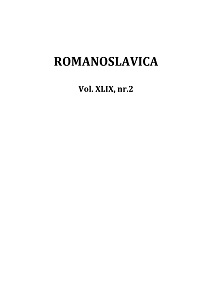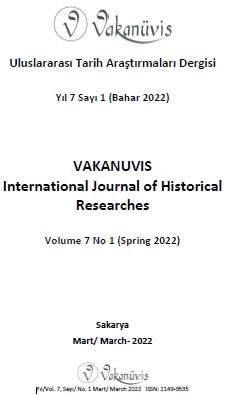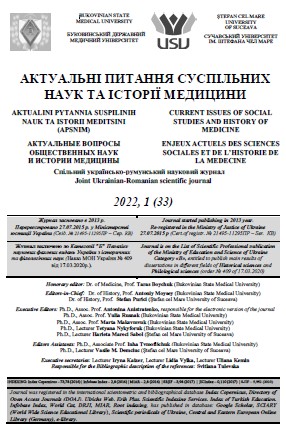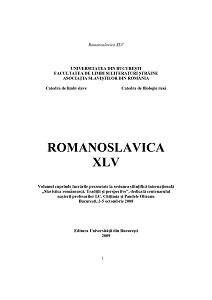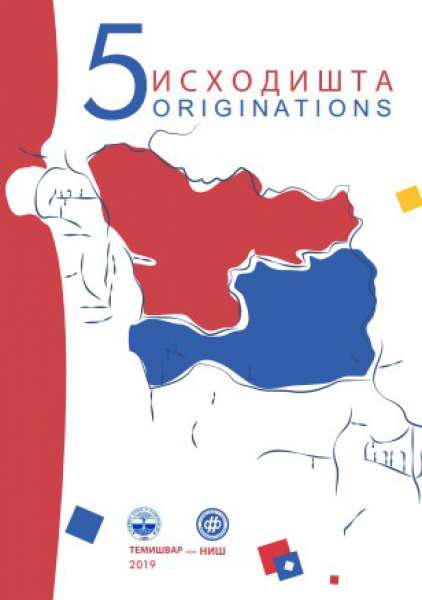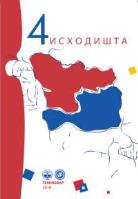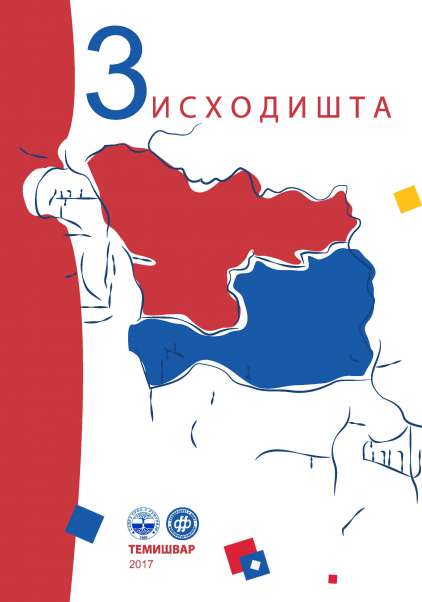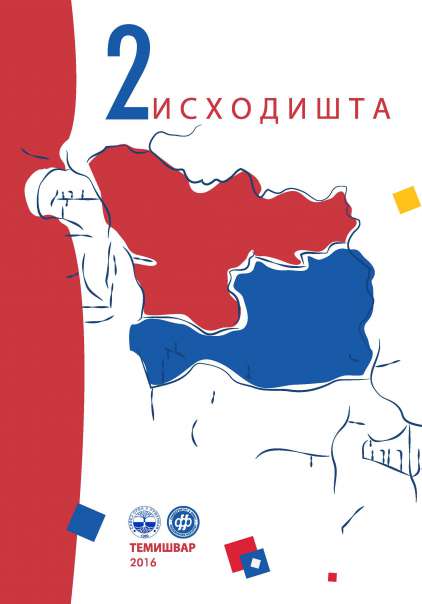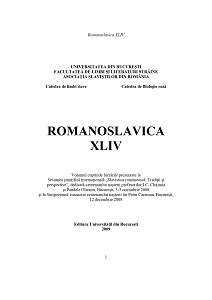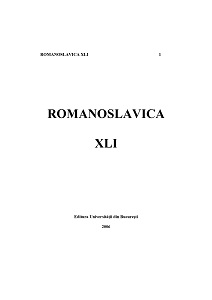Author(s): Tetiana NOVIKOVA / Language(s): Ukrainian
Issue: 1/2022
The article examines and analyzes the words attested in the dictionaries of the Ukrainian language and whose meanings, in our opinion, came from the Church Slavonic language, although etymological dictionaries do not indicate their Church Slavonic origin, but fix as Proto-Slavic. The purpose of the work is to collect and systematize Church Slavonic languages used in the modern Ukrainian language, to characterize their representation in its main dictionaries; to single out words whose meanings, in our opinion, came from the Church Slavonic language. The relevance of the article stems from the need for a comprehensive analysis of Church Slavonic, which is an organic component of the Ukrainian language. The urgency of this issue in modern Ukrainian linguistics is due not only to its lack of coverage and some fragmentation of the results achieved, but also to the fact that in addition to linguistic and historical and cultural aspects, it has a certain rehabilitation focus. The results of the research stems from the need for a comprehensive analysis of Church Slavonic, which is an organic component of the Ukrainian language. The urgency of this issue in modern Ukrainian linguistics is due not only to its insufficient coverage and a certain fragmentation of the results, but also to the fact that in addition to linguistic, historical and cultural aspects, it has a certain rehabilitation orientation. The following scientific methods were used in the study: the descriptive method, the method of quantitative calculations, the method of comparison, the method of linguistic observation and classification. The scientific novelty of the obtained results is that for the first time in Ukrainian linguistics a comprehensive lexical and semantic analysis of Church Slavonic was carried out, a group of semantic Church Slavonic was identified, which allows to determine the place languages in Ukrainian. Conclusions. We recorded 590 such words: 355 tokens, whose semantics denote various religious and biblical concepts, and which are listed in dictionaries of the Church Slavonic language, but etymological dictionaries are not recorded as coming from the Church Slavonic language or through it, and 235 tokens describing various non-church concepts, often used in the biblical text, and recorded in dictionaries of the Church Slavonic language.
More...
